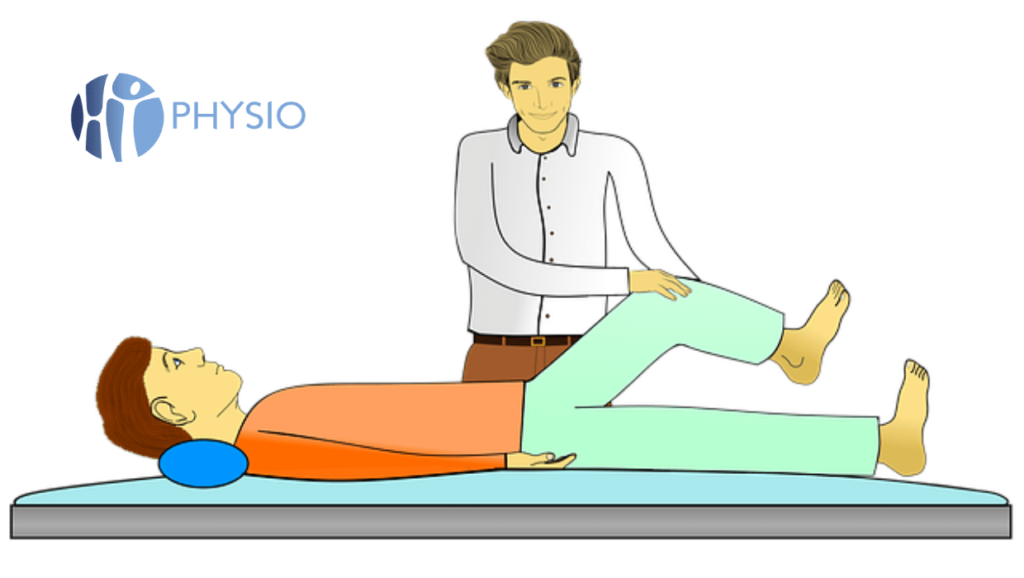There’s no argument that modern day surgery can be a wonderful thing; it can give people a new lease of independence, mobility and relief. However, its definitely not always the best path for most knee pain.
Today, we discuss the times when knee surgery is appropriate, and when you might be better off pursuing other treatments.
What Do We Mean By Knee Surgery?
In this article, when we use the term knee surgery, we are referring to the following operations:
- An Arthroscopic Procedure: Usually described as a “clean-up” of the cartilage in the knee. Performed through a tiny opening called a “keyhole”. Useful for meniscal tears and small but troublesome areas of damage.
- A Ligament Reconstruction: The process of repairing a torn ligament, usually performed through a keyhole. A very clever surgery that usually involves taking a strip of tissue from elsewhere in the leg and using that as a make-shift ligament. This is how a cruciate is repaired in footballers and other athletes.
- A Total Knee Replacement: The biggest knee surgery you can undergo – involves a major procedure where your knee is opened up and the entire joint is replaced by a titanium or ceramic replacement joint. This operation is indicated when the cartilage within the knee has deteriorated so badly that it is beyond therapy or minor surgery.
While the total knee replacement is the most significant of all the common knee surgeries, none of these procedures are to be taken lightly and all should be treated with equal consideration.
What Injuries Can Lead to Knee Surgery?
There are a number of common injuries that sometimes need surgery to return a person to an acceptable level of activity.
It’s worth noting that there are no injuries (other than major trauma) that ALWAYS need surgery – I have personally known people who are able to play football despite never having a cruciate tear repaired.
However, there are certainly times when surgery should be considered – read on for some of the most common injuries that require some form of repair:
Knee Injuries that SOMETIMES Need Surgery
- A Cruciate Tear: Ligaments such as the anterior cruciate ligament that have huge importance to the function of the knee may well need to be repaired if you are someone who is very keen on sports. However, a repair is not always necessary for people who don’t play a lot of sport. With a significant ligament tear, there isn’t often a great deal of pain after the first few months, although there may be some instability.
- Meniscal Tear: The “footballers cartilage” is a type of cartilage in the knee that provides shock absorption and lubricates movement. With twisting movements, this structure can tear and cause “locking” of the knee or giving way. These injuries can remain painful for a long period of time but usually they DO get better on their own with a bit of therapy; however, some people prefer to get early surgery.
- Advanced Knee Arthritis: Almost EVERYONE over the age of 50 will have some degree of knee arthritis going on, probably in both knees. Usually, this arthritis is pain-free but sometimes it can cause significant pain, swelling and stiffness. If this problem goes on for a while and keeps getting worse, a total knee replacement may be advised.
How to Decide Whether it’s Time for Surgery
The main takeaway from this section should be the following: This ISN’T a decision you should be expected to make on your own!
We usually recommend the following: You should, in almost every circumstance, try everything you possibly can before opting for surgery.
Why do we say this?
The risks of surgery should not be under-estimated. Surgery, no matter how minor, always carries significant risks.
Secondly, if you opt for early surgery, you are leaving yourself at risk of complications later down the line, including accelerated arthritis.
Surgery is definitely NOT the easy way out – there will be considerable pain and disability for a period of time after any surgery and the psychological trauma of going under the knife is NOT to be underestimated.
I have had clients who opted for surgery, only to find that the operation didn’t have the desired outcome and they actually ended up WORSE than before – along with all the trauma of the procedure itself.
But, again, this shouldn’t be seen as a “scare piece” on surgery! It can be absolutely fantastic – you just need to make sure it’s the RIGHT decision for your personal situation.

What to Try Before Considering Surgery
You can use the following list as a “checklist” for all the things you should probably try before turning to surgery:
- A Serious Course of Physiotherapy: Getting knee physiotherapy from an expert with experiencing in helping people avoid surgery due to knee pain can hugely lower your chances of needing to go under the knife. Be sure to see an expert over the recommended number of sessions; often, not enough sessions are given on the NHS… leaving people at risk of needing early surgery.
- Changing Your Usual Exercise: Quite often, people find that their walking is affected so much that they see no way forward other than surgery. However, changing that weekend walk for a weekend bike ride instead may improve the health of your knees and delay surgery by years. Consider switching from walking or running to cycling or swimming.
- Getting Significantly Stronger: This comes along with getting tailored physiotherapy treatment – but the importance of strong knees should NOT be underestimated when it comes to delaying surgery! Plus, if you did still need to go under the knife, you’ll be in a much better position to recover afterwards if you have strong muscles to support the knees.
- Getting the Range Back in Your Knees: With any significant knee pain or injury, a loss in range of motion occurs. This can actually cause more trouble than most people give it credit for. Losing range in your knees and other joints will affect the way you perform movements like going from sitting to standing. This can lead to worsening pain in the knees. By improving the range in your knees, you can often actually significantly bring your pain under control. For more advice on this, click here to talk to an expert physio over the phone and get some personalised instruction.
- Use Hot and Cold Therapy: Alternating between hot and cold treatment on the affected knee can work wonders in reducing your joint pain and will increase the range of motion. For more instruction on the RIGHT way to use hot and cold therapy, try our FREE guidebook – 5 Expert Tips to Relieve Knee Pain that Causes Stiffness and Limits Walking.
What to Do Next
For more tips and techniques on how to beat knee pain at home and avoid risky surgery, download our FREE knee pain guidebook below – it will give you some key tips and tricks you can start using today to relieve that knee pain you are currently suffering with.



